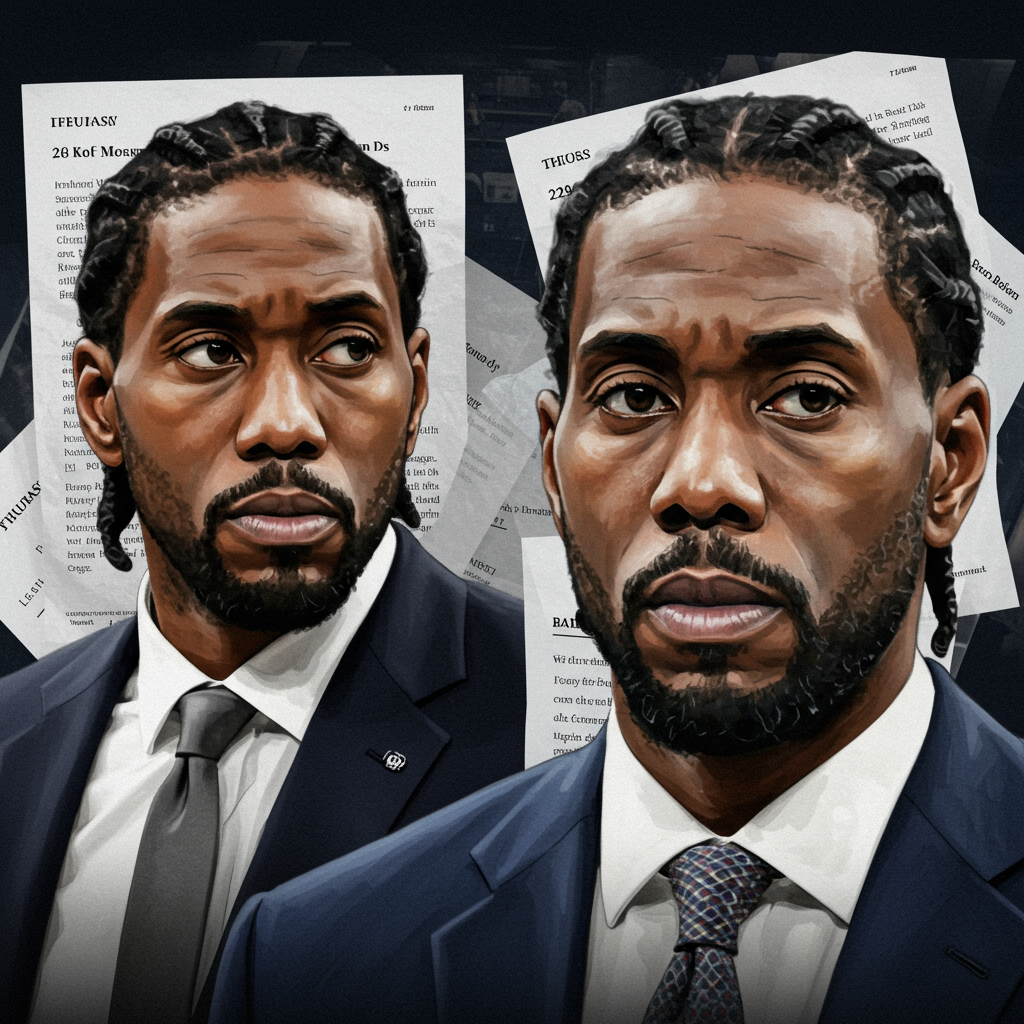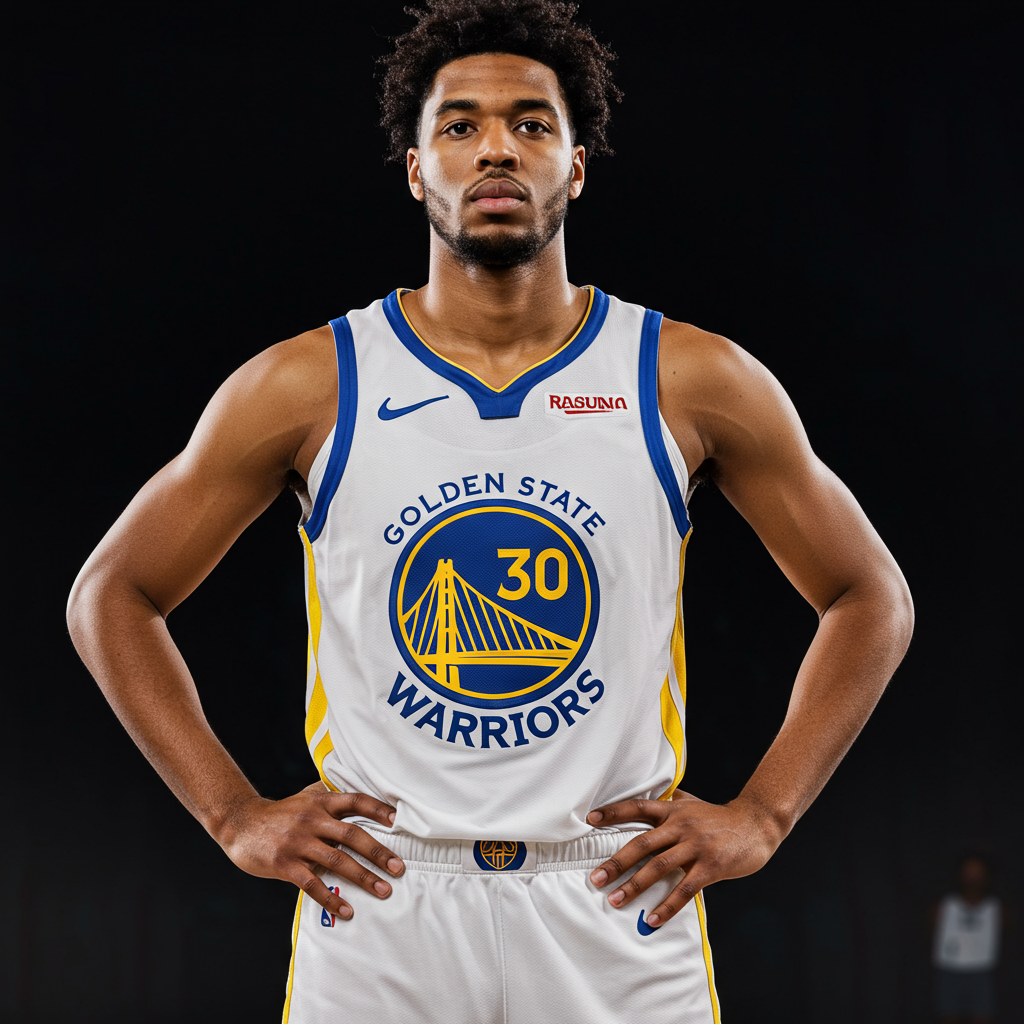The NBA landscape just saw a seismic shift. Sunday, July 6, 2025, marked the official conclusion of the league’s annual business moratorium, unleashing a torrent of transactions. Amidst the flurry, history was written: a complex series of interconnected moves culminating in the Kevin durant trade to the houston Rockets expanded into the NBA’s first-ever seven-team trade.
This unprecedented transaction shattered the previous record for the most teams involved in a single NBA deal, which stood at six. It underscores a trend in the modern NBA offseason, where complex trades involving multiple teams and assets often overshadow traditional free-agent signings. The structure of this deal, involving seven franchises and numerous players and draft picks, highlights the strategic maneuvering teams employ under the current collective bargaining agreement, often finding that mid-season trades become more impactful than summer free agency.
A Blockbuster Centered on a Superstar
At the heart of this historic seven-team trade was the movement of future Hall of Famer Kevin Durant. The agreement sending Durant from the Phoenix Suns to the Houston Rockets was initially struck weeks earlier, on June 22, the very day the NBA Finals concluded with Game 7. However, standard league procedures, specifically satisfying salary cap requirements for the 2025-26 league year and awaiting the end of the moratorium, prevented the deal from becoming official until Sunday.
Durant, who will be 37 in September, joins the Rockets as he enters his fifth NBA franchise. He has one season remaining on his current contract and will be eligible for a significant extension next summer. Despite his age, Durant remains an elite scorer, known for his remarkable efficiency. In the 2024-25 season, he maintained an effective field goal percentage of 66.9% while averaging 26.6 points, 6.0 rebounds, and 4.2 assists for the Suns. His arrival in Houston, joining a team that finished last season as the Western Conference’s second overall seed, immediately elevates their championship aspirations.
Unpacking the Historic Seven-Team Structure
The sheer scale of this trade is remarkable. The seven teams involved were the Houston Rockets, Phoenix Suns, Atlanta Hawks, Brooklyn Nets, Golden State Warriors, Los Angeles Lakers, and Minnesota Timberwolves. The complexity arose as various related deals, including draft-night transactions, were folded into the larger structure for logistical and fiscal reasons, as reported by The Athletic’s Fred Katz.
This extensive transaction saw a total of six players who were in the NBA last season change teams: Kevin Durant, Jalen Green, Dillon Brooks, Clint Capela, David Roddy, and Daeqwon Plowden (though Plowden was later waived by the Suns). The deal also involved a significant haul of draft capital: one first-round pick (the No. 10 selection in last month’s draft) and twelve second-round picks were exchanged. Additionally, the Rockets executed a second-round pick swap with the Hawks and sent cash considerations to Atlanta.
Key Assets Exchanged and Team Implications
Let’s examine the primary flows of talent and assets in this unprecedented deal:
Houston Rockets Acquisitions
The Rockets landed the main prize, Kevin Durant, adding unparalleled scoring power and experience to their roster. They also brought back center Clint Capela, a familiar face who previously played his first six seasons in Houston before spending five years with the Atlanta Hawks. Capela returned via a sign-and-trade deal facilitated by the Hawks, providing crucial frontcourt depth. He is expected to support Alperen Sengun and veteran Steven Adams, bolstering Houston’s interior presence. Capela averaged 8.9 points, 8.5 rebounds, and 1.0 blocks per game last season with Atlanta.
Bringing in Durant and Capela directly addresses the Rockets’ primary offensive weakness from the previous season: poor half-court spacing and inefficient 3-point shooting. With Durant’s high-volume, efficient scoring and Capela’s presence demanding attention inside, the Rockets aim to transform into one of the league’s most efficient half-court offenses and a formidable outside shooting team.
Phoenix Suns’ Return Package
In exchange for Durant, the Suns received a package centered around youth, defense, and draft assets. From Houston, they acquired dynamic guard Jalen Green and defensive-minded forward Dillon Brooks. Green, still only 23, offers high-volume scoring (21.0 points per game last season) and durability, having played all 82 games in the last two seasons. He provides Phoenix with a young guard to complement Devin Booker. Brooks, known as a defensive pest, was a 2023 All-Defensive Second Team selection. While sometimes prone to fouls, his toughness aligns with new GM Brian Gregory’s strategy to build a more resilient roster after a disappointing 2024-25 season.
The Suns also received significant draft capital: the No. 10 overall pick in the recent draft and five second-round picks. They used the No. 10 pick (via Houston) to select promising 7-foot-1 center Khaman Maluach. Through subsequent maneuvering with the second-round picks, Phoenix acquired Rasheer Fleming (31st pick) and Koby Brea (41st pick), retaining one future second-rounder.
Assets for Other Teams
The complexity of the deal meant assets flowed to several other franchises:
- Atlanta Hawks: Received forward David Roddy, a second-round pick swap, and cash considerations by facilitating the Clint Capela sign-and-trade.
- Brooklyn Nets: Acquired two second-round draft picks.
- Golden State Warriors: Received draft rights to Alex Toohey and Jahmai Mashack.
- Los Angeles Lakers: Acquired draft rights to Adou Thiero (36th pick).
- Minnesota Timberwolves: Received draft rights to Rocco Zikarsky (45th pick), two second-round picks, and cash considerations.
- Market Trends: The offseason confirmed that the NBA trade deadline in February has increasingly become more impactful than summer free agency. Generous extensions under the CBA incentivize stars to stay, limiting unrestricted free agents and pushing major roster construction towards in-season trades facilitated by strategic asset management and salary maneuvering during the summer. The market proved difficult for restricted free agents seeking featured roles.
- www.nytimes.com
- abc7.com
- sports.yahoo.com
- www.nbcsports.com
- arizonasports.com
Many of these assets were related to deals already agreed upon around draft night but officially linked to the larger trade’s approval date.
The Moratorium’s End and Broader Market Context
The official conclusion of the NBA’s moratorium on Sunday triggered a wave of official announcements. Beyond the record-setting seven-team Durant deal, the market saw numerous other significant moves that reshaped the league:
Houston’s other moves: The Rockets also traded young wing Cam Whitmore to the Washington Wizards for two second-round picks. This move, part of a larger transaction involving Washington and New Orleans, helped Houston drop below the first luxury tax apron, providing roster flexibility.
Key Player Movements: Other notable transactions included the Memphis Grizzlies trading Jay Huff to the Indiana Pacers, the Milwaukee Bucks planning to acquire Myles Turner by waiving and stretching Damian Lillard’s salary, the Pacers reportedly “bungling” the Turner situation due to cap constraints, the Lakers signing Deandre Ayton and LeBron James picking up his option, Jaren Jackson Jr. suffering a turf toe injury after agreeing to an extension, Shai Gilgeous-Alexander signing a massive extension, and the Denver Nuggets trading Michael Porter Jr. to Brooklyn for Cam Johnson.
Western Conference Shake-Up
The Western Conference race is set for dramatic changes. The seven-team trade, particularly Kevin Durant’s move to Houston, significantly impacts the competitive balance. Experts are now tiering the West with teams like the Oklahoma City Thunder and Denver Nuggets as top contenders. The Houston Rockets, bolstered by Durant and other additions like Dorian Finney-Smith (signed using their Mid-Level Exception, a move enabled by the Capela sign-and-trade structure), are seen as strong challengers, potentially joining teams like the Minnesota Timberwolves in a formidable second tier.
The complexities of salary cap management, luxury tax aprons, and the strategic use of draft picks and exceptions were all on full display in this historic offseason, headlined by the unprecedented seven-team Kevin Durant trade. It wasn’t just about one player moving; it was a masterclass in modern NBA transaction architecture, demonstrating how teams leverage every rule and asset to build competitive rosters.
Frequently Asked Questions
What made the Kevin Durant trade a historic seven-team deal?
While the core agreement sending Kevin Durant from Phoenix to Houston was made in June, it couldn’t be finalized until the NBA’s moratorium ended on July 6, 2025. During this waiting period, the deal expanded to incorporate other pre-agreed transactions involving various teams. This complex linking of multiple trades into one large package allowed franchises to manage salary cap requirements and leverage draft assets efficiently, ultimately involving seven teams – a first in NBA history.
Which key players and assets were involved in the Durant to Rockets trade?
The central figures were Kevin Durant, who went from the Phoenix Suns to the Houston Rockets, and Clint Capela, who returned to Houston from the Atlanta Hawks via sign-and-trade. In return, the Suns acquired Jalen Green and Dillon Brooks from Houston, along with the No. 10 overall draft pick (used for Khaman Maluach) and five second-round picks. Other teams like the Nets, Warriors, Lakers, and Timberwolves received players or additional draft picks and cash considerations.
How does this trade impact the Houston Rockets and Phoenix Suns for the upcoming season?
For the Houston Rockets, acquiring Kevin Durant immediately makes them a potential championship contender, adding elite scoring and efficiency to address previous offensive weaknesses. The return of Clint Capela provides crucial center depth. For the Phoenix Suns, the trade signifies a shift, gaining younger talent in Jalen Green and a defensive specialist in Dillon Brooks, plus significant draft assets (including the No. 10 pick) to build around Devin Booker and pursue a tougher team identity envisioned by their general manager.
Conclusion
The official completion of the Kevin Durant trade on July 6, 2025, didn’t just send a superstar to a new city; it etched a new record in the NBA history books as the first seven-team transaction. This incredibly complex deal, involving a dozen players and picks across seven franchises, showcases the intricate strategic planning and asset management required in the modern NBA. As teams like the Rockets and Suns integrate their new pieces and the dust settles on this historic offseason, the ripple effects of this unprecedented trade will undoubtedly shape the competitive landscape for seasons to come.



